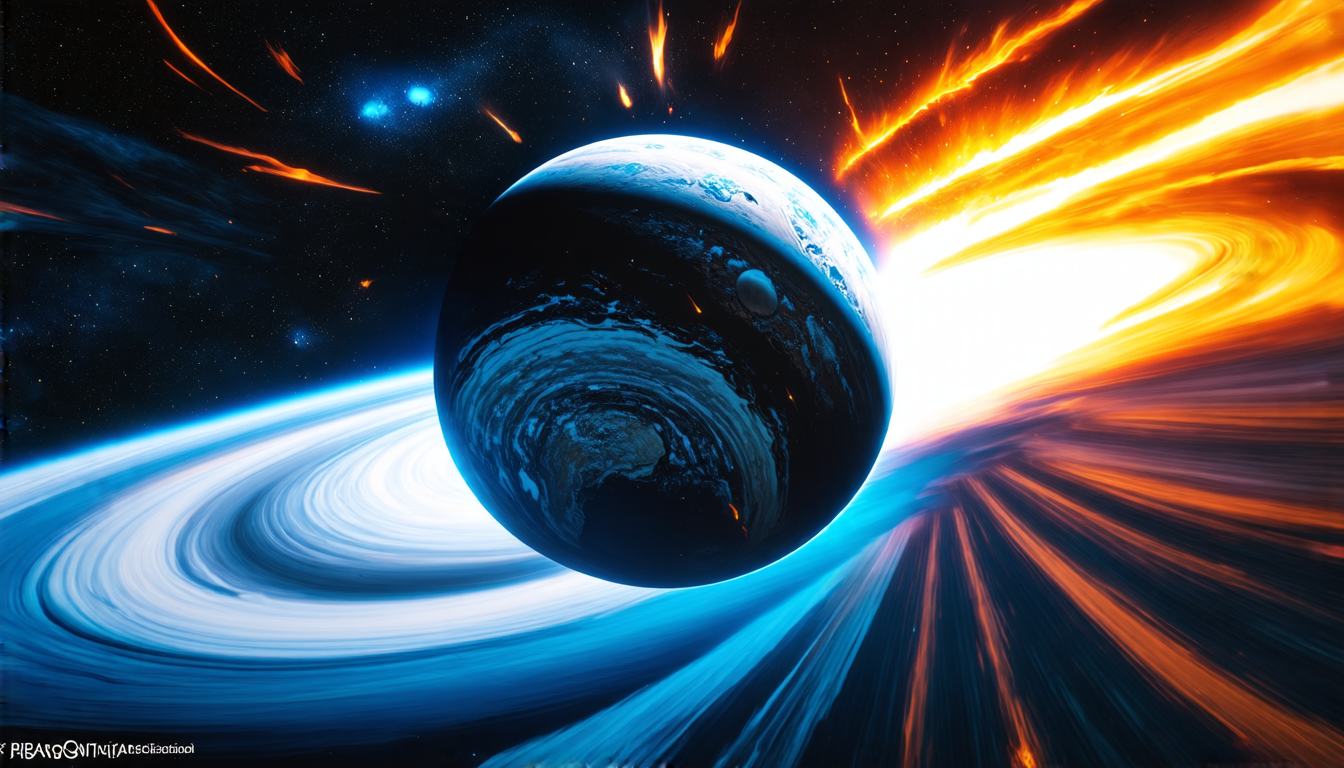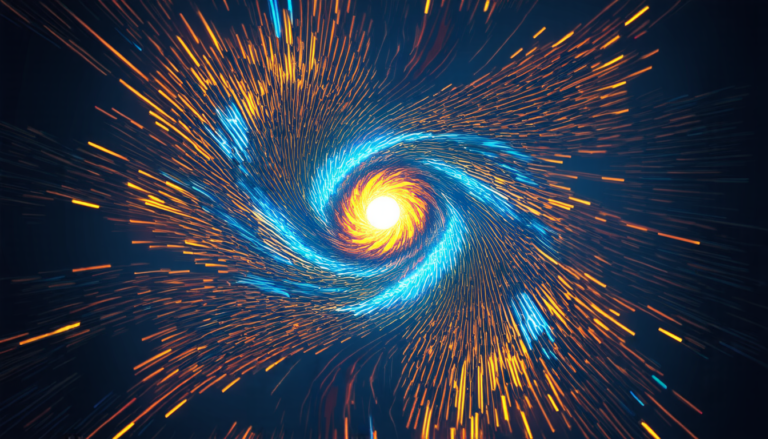Friday 22 August 2025
Scientists have long been fascinated by the way giant planets form and influence their surrounding disks of gas and dust. A recent study offers new insights into this process, revealing a complex interplay between heating and cooling in these systems.
The research focuses on the phenomenon of spiral shocks, which occur when a planet’s gravitational pull excites waves in its disk that then steepen into shockwaves as they travel outward. These shocks can have a profound impact on the disk’s temperature and surface density profiles, leading to the formation of gaps and rings.
Previous studies have often treated these effects separately, with some models focusing solely on the heating caused by spiral shocks while others ignored this process altogether. The new study aims to bridge this gap by developing a self-consistent model that links shock heating and angular momentum deposition through entropy jumps across the spiral shocks.
The researchers used two-dimensional hydrodynamic simulations to test their model against standard alpha viscosity and beta thermal relaxation prescriptions. They found that the model accurately reproduced temperature and surface density profiles around the planet’s orbit, including the formation of gaps and rings.
One key finding is that the model predicts a more nuanced relationship between the disk’s temperature and surface density than previous studies suggested. Specifically, it shows that spiral shocks can lead to both heating and cooling in different regions of the disk, depending on factors such as the planet’s mass and the disk’s initial conditions.
The study also highlights the importance of entropy jumps across spiral shocks, which play a crucial role in determining the disk’s overall temperature profile. By incorporating an empirically derived scaling law for these jumps, the researchers were able to construct a fully analytic model that self-consistently predicts temperature and surface density structures around giant planets.
This work represents a significant step forward in our understanding of how giant planets influence their surrounding disks, with implications for the formation of second-generation planets and planetesimals. Future studies can build upon this foundation by exploring more complex disk geometries and additional physical processes, such as magnetic fields and radiation.
In the meantime, scientists will continue to refine their models and simulations to better capture the intricate dance between giant planets and their disks. As we gain a deeper understanding of these systems, we may uncover new insights into the origins of our own solar system and the potential for life beyond Earth.
Cite this article: “Unraveling the Complex Interplay Between Heating and Cooling in Giant Planet Formation”, The Science Archive, 2025.
Giant Planets, Disk Formation, Spiral Shocks, Heating, Cooling, Entropy Jumps, Temperature Profiles, Surface Density, Planetesimals, Planetary Systems







